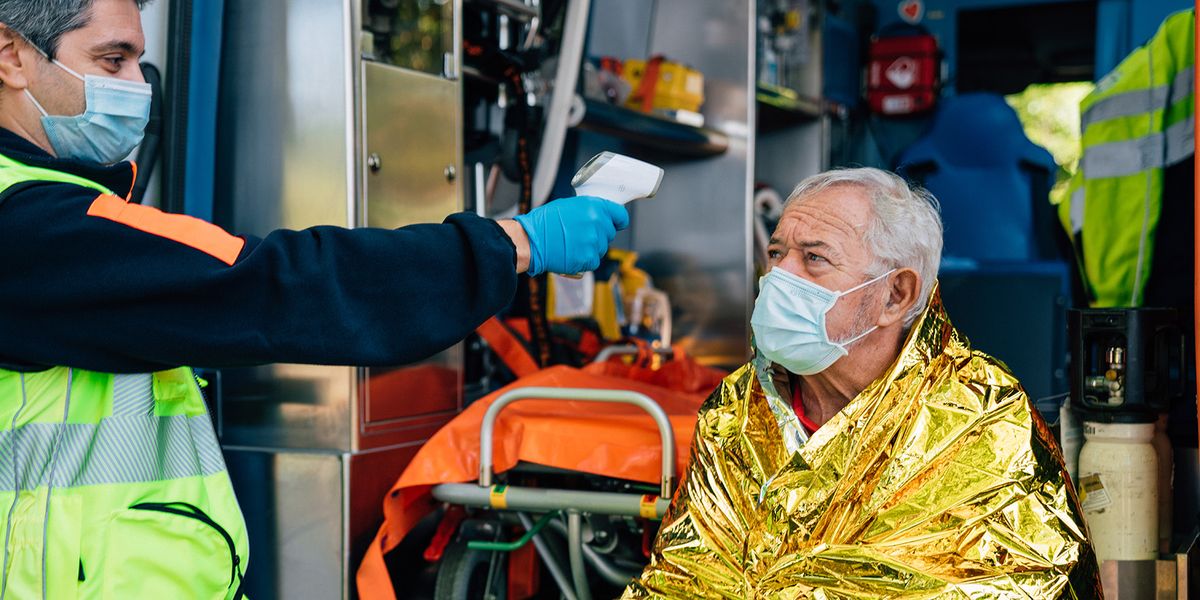
Emergency Medical Services and Community Paramedicine
Evidence-Informed Policies and State-by-State Legislation
Posted: Nov. 17, 2024
- 1 min read
- Find similar articles:
- EMS
- Data
- Leadership
According to the Centers for Disease Control and Prevention (CDC), 40% of emergency department (ED) visits in the United States involve patients who could be treated effectively in nonurgent care settings. Additionally, hypertension-related visits contribute significantly to the burden on EDs. A staggering 1.2 billion hypertension-related ED visits occur each year. Many patients could receive more effective primary and preventive care for their cardiovascular health needs.
Many states have turned to community paramedicine to ensure access to primary and preventive care and reduce ED use — and its financial impact on the health care system. Community paramedics — including emergency medical technicians and other emergency medical services (EMS) providers — provide nonurgent home visits, help patients with chronic disease management and assess patients to connect them with more appropriate destinations than the ED.
The following resources are available to learn more about community paramedicine. They compile the latest research on how state and local governments are using EMS providers and community paramedicine to reduce the burden on EDs, increase access to health care, improve health outcomes, and increase EMS funding and resource allocation.
- The CDC’s document collection, Emergency Medical Services (EMS) and Community Paramedicine,provides evidence related to EMS and community paramedicine and where evidence-informed policies have been adopted and implemented in the United States.
- The National Conference of State Legislatures (NCSL) brief, Community Paramedicine: Connecting Patients to Care and Reducing Costs, describes how community paramedicine is being defined and implemented across the 50 states and Washington, D.C. The information in this article is partly drawn from the NCSL’s Scope of Practice Policy legislation database, which is updated biweekly and tracks state actions on community paramedicine.
